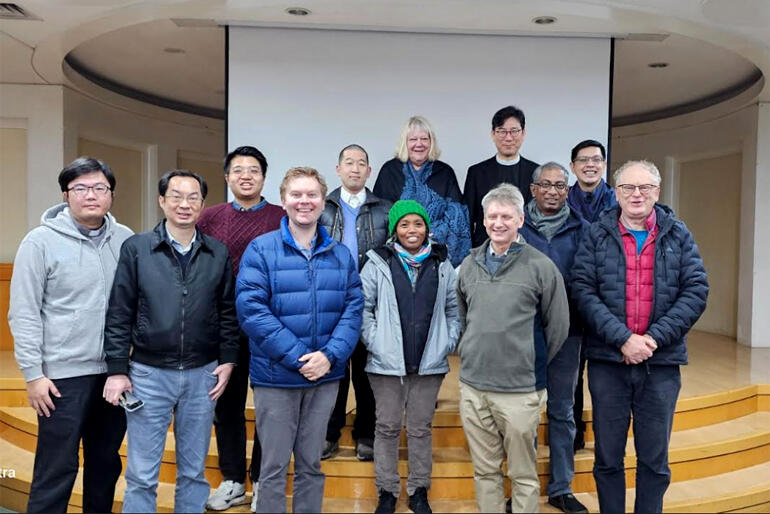
Liturgy that enables Anglicans to worship from the heart, in their own languages and resonating with their own cultural understanding, formed the core of new work shared at the International Anglican Liturgical Consultation this year.
Meeting this February in person for the first time since the Covid-19 pandemic began, the 42-member International Anglican Liturgical Consultation gathering included two members of this Church’s Common Life Liturgical Commission: Ven Nick Mountfort and Rev Canon Michael Hughes.
Both the Aotearoa, New Zealand and Polynesia delegates were struck by the freshness of a newly developed Eucharistic prayer for Anglicans in East Asia, which has been put together by a group of liturgists from China, Korea, Japan and the Philippines.
The East Asian group reflected that much liturgical work in their churches had been focused on translating Western-origin prayers into local and indigenous languages, rather than generating prayers that made sense in their own cultural milieu.
The Anglican Liturgy Network of East Asia(ALNEA), which informally began in 2011, identified that for East Asians, aspects of their peoples’ cultural expression were missing in the prayers they used at church Sunday after Sunday.
So ALNEA resolved to create a new Eucharistic prayer, while taking care to retain a strong connection to their existing liturgies.
“[We decided] we would take the common eucharistic structure and fill in what we believe would express our Asian cultural concerns and expressions on certain theological or biblical themes that may have been taken for granted or ignored by Western churches.” they wrote.
Michael Hughes was inspired by the genesis of the East Asia Common Eucharistic Prayer.
“This project started at the other end (to usual). Each part of the prayer was developed in a different language, and came out of that context, and then to share it with each other the group brought together a version in English – not to be used in worship, but to help each other understand what it each part said.”
Michael reports that the new prayer, which will now be translated into each East Asian language in full, brings in different images and different emphases to the ones we are accustomed to.
“The focus is on the saving work of Christ in creation and the relationality at its core: between people and God, between people and Creation and between peoples often at enmity with each other.”
The ALNEA Eucharistic prayer begins with thanksgiving for Creation which reflects an Asian understanding that “the beauty of the earth is the gift to the people who are also part of nature”, and it talks about God’s relationship with human beings experienced through shared meals, which the authors highlight for its particular meaning in Asian cultures.
“Meals in Asian context always relate to hospitality and reconciliation. When meeting people on the street, particularly if they are our friends or neighbors, Chinese and Koreans will use this common and colloquial greeting, 'Have you eaten yet?' to express our outreaching concerns.”
“We see also this hospitality of Jesus toward those who come to see him and seek healings from him.”
The East Asian Eucharistic prayer also speaks of God as a mother who is on the lookout for her prodigal offspring.
“But our merciful God, who is like a loving mother, always waits for the children to return and never abandons us.”
Network members also heard a report from Anglican liturgist Elizabeth Smith who will take part in an upcoming ecumenical consultation on fixing regular dates to pray for Creation and its care across churches’ liturgical calendars.
While Michael Hughes reflected that ‘A New Zealand Prayer Book He Karakia Mihinare o Aotearoa’ is still widely appreciated as an innovative text, at the same time it doesn’t take into account the last thirty years of change in the cultures, languages and liturgical practices of this Church.
Nick Mountfort agrees. “While NZPB HKMoA was groundbreaking at the time we have stood still for a while.”
The place of the Eucharist in Anglican liturgy also led to a wide-ranging conversation at the consultation, including differing views on the nature of online communion services and different responses to the liturgical challenges of the pandemic.
Conversations at the meeting revealed that in the 30 years since the previous IAL consultation on the Eucharist in 1995, a number of Anglican churches around the world have shifted away from viewing the Eucharist as central to their worship.
Nick Mountfort said that many at the meeting agreed that across the Communion Anglicans need stronger liturgical education to ensure a deeper understanding of what liturgy means and what it does.
“A key takeaway for us is the importance of good liturgical formation for our clergy and lay people. This has been highlighted at previous IALC meetings but is even more urgent given the diversity of practice and use of technology.”






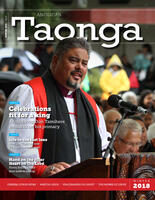
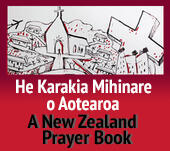
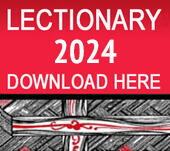


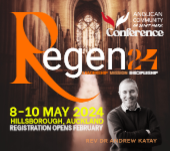
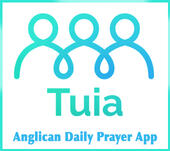




Comments
Log in or create a user account to comment.